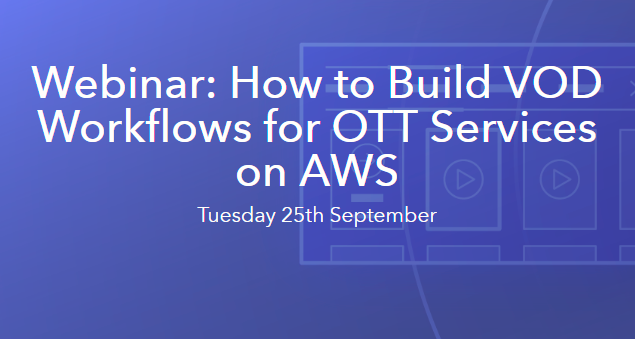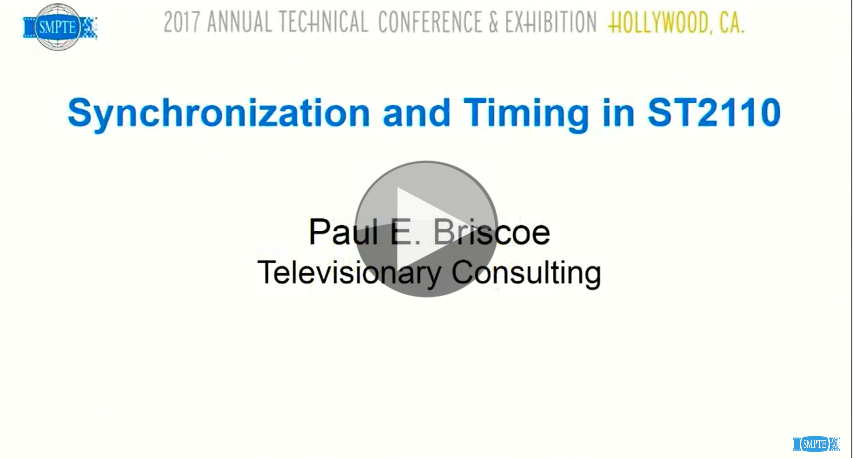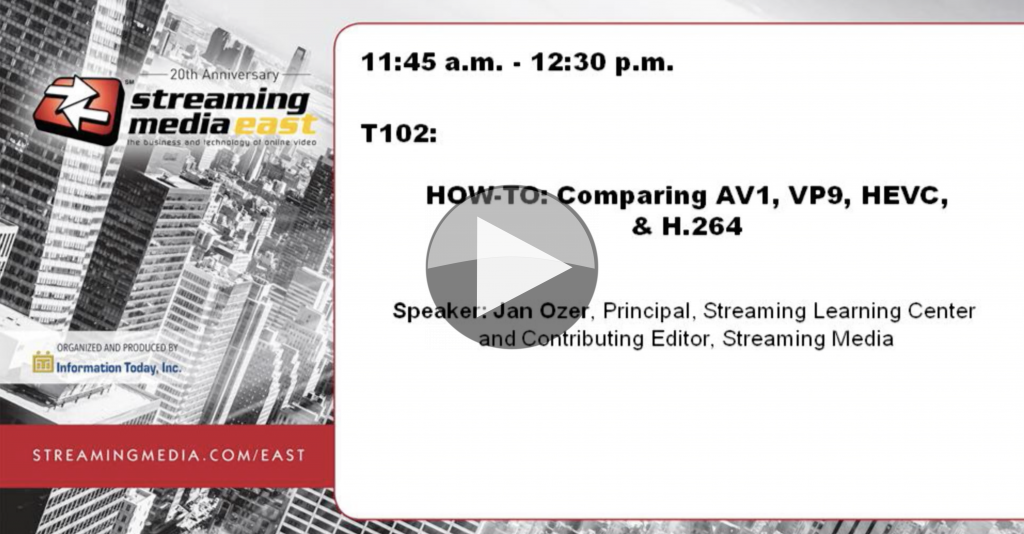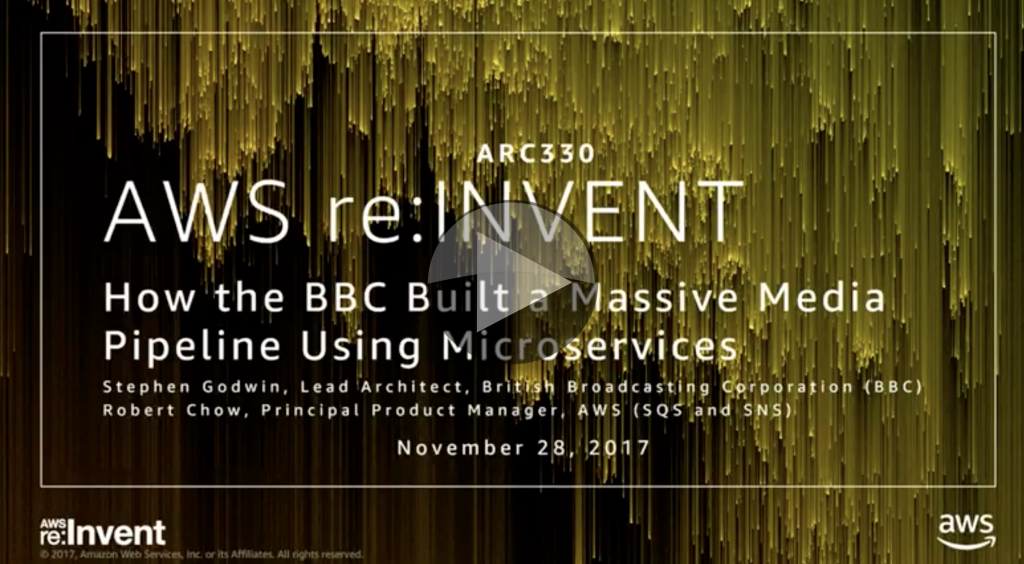Date: Tuesday September 25, 2018. Webinar available at multiple times
What are the best practices to get broadcast TV quality and reliability from your OTT video services? How do you scale for audience demand and evolve to keep up with changing technology?
This webcast provides prescriptive guidance for building video-on-demand workflows in the AWS Cloud, which provisions the services needed for a scalable, distributed architecture that ingests, stores, processes, and delivers video content. Highlights include:
- Learn how to create file-based video on-demand workflow quickly and easily using AWS services
- Get broadcast-quality video and a well-architected, scalable, and highly available solution
- Best ways to customize, enhance, and continually improve your offerings
- Video-on-demand use cases: Media workloads that traditional and new media companies are already building in the cloud





